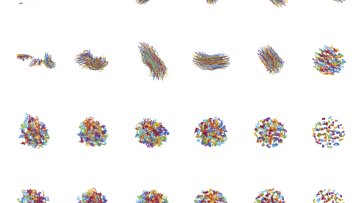In search of the extended Kac-Moody Lie algebra
Abstract
Associated to a finite graph without loops is the Kac-Moody Lie algebra for the Cartan matrix whose off diagonal entries are (minus) the adjacency matrix for the graph. Two famous conjectures of Kac, proved by Hausel, Letellier and Villegas, hint that there may be some larger cohomologically graded algebra associated to the graph (even if there are loops), providing "higher" Kac moody Lie algebras, or at least their positive halves. Using work with Sven Meinhardt, I will give a geometric construction of the (full) Kac-Moody algebra for a general finite graph, using cohomological DT theory. Along the way we'll see a proof of the positivity conjecture for the modified Kac polynomials of Bozec, Schiffmann and Vasserot counting various types of representations of quivers.



